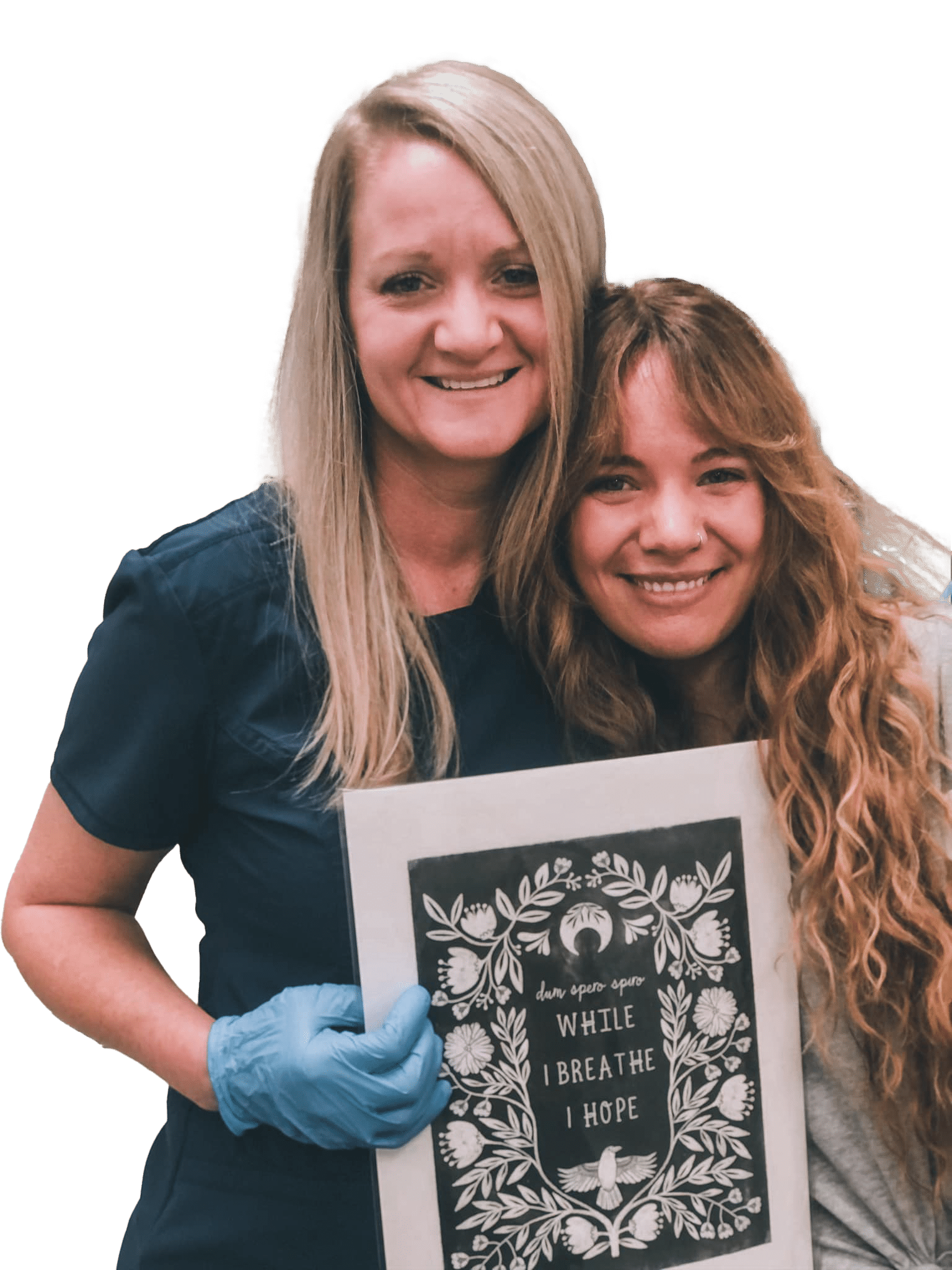At the Spero Clinic, we specialize in providing a holistic approach to help patients with severe CRPS in the foot heal internally, regain motion, and send painful CRPS symptoms into remission.
We have found that the most effective approach to treating the imbalance caused by Severe CRPS is to treat and strengthen the central nervous system from within. This will allow the body to heal itself.
Our revolutionary treatment has Transformed Lives, allowing thousands of Complex Regional Pain Syndrome (CRPS) patients to become Pain-Free.
You can schedule a Free Consultation with our Experienced CRPS Specialists to help you discover the path to getting your life back!
Often referred to as the “suicide disease,” CRPS is associated with imbalance and malfunction of the autonomic nervous system resulting in disability, impairment, chronic pain, and functional loss.
It is a chronic disease that often worsens over time. Alarmingly, 35 percent of sufferers eventually report symptoms throughout the body.
The disease may remain localized, spread slowly over years, or progress rapidly like a wildfire out of control.

These days, the Budapest criteria are often used to diagnose CRPS. These categories are most widely used and were developed by pain clinics to differentiate between CRPS and other neuropathic conditions. These look at four main categories of symptoms as shown below:
CRPS is identified by these symptoms in the following way:
(Pain levels can vary greatly from person to person, ranging from mild to severe)
(Pain levels can vary greatly from person to person, ranging from mild to severe)
CRPS (Complex Regional Pain Syndrome) triggers and catalysts refer to various factors, events, or conditions that can exacerbate or activate the symptoms of CRPS in individuals who are already predisposed to the condition. These triggers and catalysts can lead to an escalation of pain, inflammation, and other manifestations of CRPS.
While CRPS is a complex condition with multiple contributing factors, certain triggers and catalysts may include:
Physical Injury or Trauma:
A specific injury, surgery, or trauma can act as a trigger for CRPS. Even minor injuries may lead to an abnormal response in the nervous system and contribute to the development of CRPS.
Please note that the force of the impact or the time that has gone by since the injury often has no effect on the extent of the injury.
Surgery or Medical Procedures:
Surgical interventions, especially those involving nerves or joints, can potentially initiate or worsen CRPS symptoms. CRPS after surgery commonly seen:
Additional catalysts and triggers:
It's important to note that individual responses to triggers and catalysts can vary widely, and not everyone exposed to these factors will develop CRPS. Understanding potential triggers and catalysts can help individuals with CRPS manage their condition and make informed decisions about their treatment and lifestyle choices.
If you look at The Spero Clinic’s gallery below, you will see many images of people “ringing the bell”. This is a tradition where my patients and staff gather when a patient graduates to their satisfaction. In most cases, that means that my patients are leaving my clinic pain-free.


Start your patient journey with the Spero Clinic's neurologic rehabilitation program.
